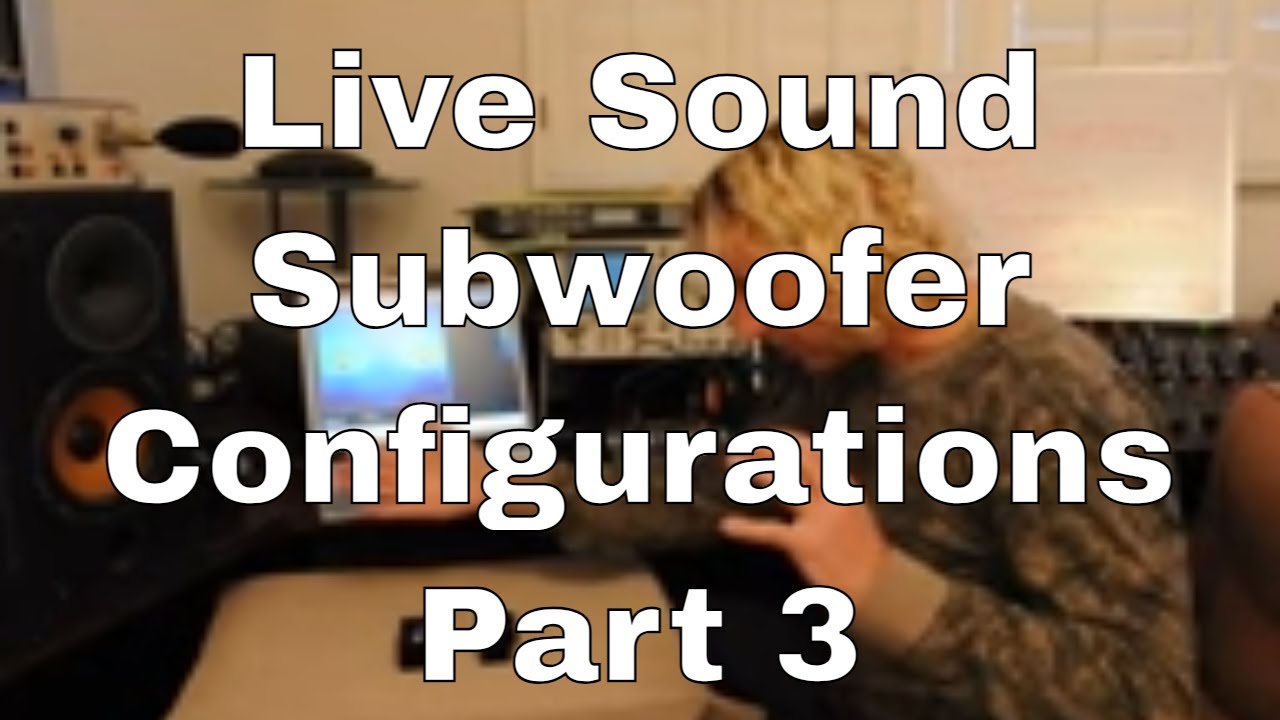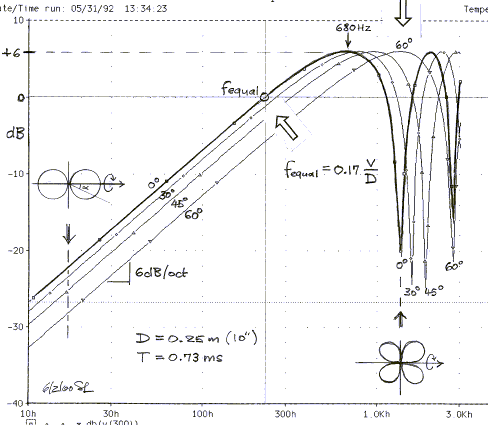not necessarily … it all depends on the size of the enclosure and frequency …
with large enough enclosure and high enough frequency cardioid can be MORE efficient than a sealed box …
remember sealed box uses only front wave but cardioid uses both front and rear wave, it’s just that rear wave is out of phase …
but it’s only out of phase because box is small and frequency low …
with larger box and higher frequency it can be in phase …
which is why my speaker design was large with additional delay crated through internal folds of transmission line and high passed at around 100 hz …
if you don’t use cardioid your speaker will have a baffle diffraction step where it transitions from being directional to omnidirectional …
with a cardioid midbass you can eliminate this step completely by keeping the speaker directional at all frequencies …
of course it now won’t actually be able to go much lower than 100 hz …
but that’s what subs are for !
i didn’t say my design used cardioid subs but cardioid bass ! ( 100 hz - 250 hz or so ).
i just needed the main speakers to get down low enough to where the sound can no longer be localized then hand off to subs distributed throughout the room including on the ceiling !
if you can do custom stuff like flush mounting speakers into the wall as they do in recording studios that can solve a lot of problems.
i wanted to challenge myself to design something that can be placed in any room.
the beauty of a cardioid is that it will work the same whether there is wall behind it or not.
a sealed box may be efficient in an open space but when you place a wall behind it you may get a null which might take a lot of power to EQ.
what’s worse is you may also get very weird effects where the sound appears to come from a different direction than where the speaker is because you may get on-axis null but a peak at some other angle and when you EQ that null you boost that peak then suddenly the sound is coming from completely different direction bounced off some wall or ceiling.
ok i exaggerated that a bit. it probably won’t be that bad. i did experience exactly this though when my speaker and sub were out of phase and i boosted up the crossover frequency and suddenly the bass was coming from the ceiling … because horizontally there was on-axis null but vertically there was a peak, which once i boosted the frequency bounced off the ceiling …
a cardioid can help with stuff like this, but obviously it will have to be big and powerful and even then i wouldn’t try to take it lower than about maybe 60 hz … at that point you would need normal subs and some other way to control the room, such as spreading the subs around randomly.


